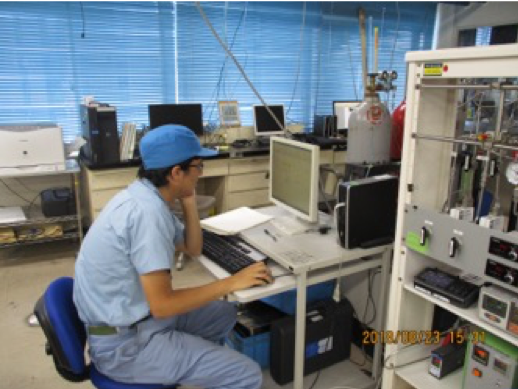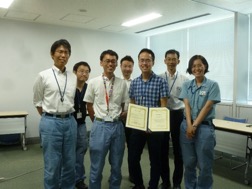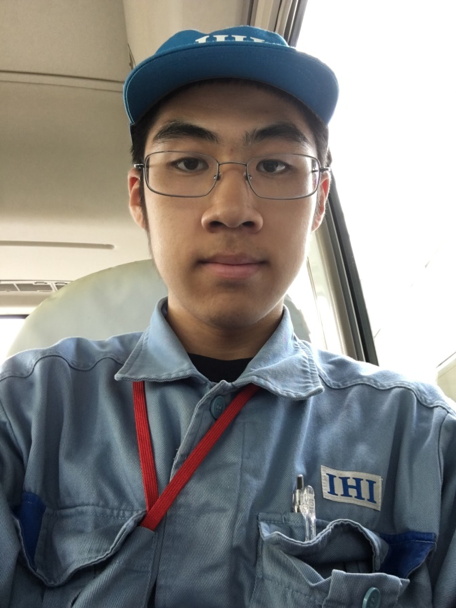IHI has six different factories in Japan, each with a different specialization. As a heavy industry oriented company, IHI also has other types of researches. The Department of Applied Science in Yokohama Works (one of its six factories) is one of the examples.
The Department of Applied Science contains engineers from many different fields such as chemistry, physics, and pharmaceutical science. Some of its on-going project includes wireless charging, femtosecond laser, carbon capture and storage, and teraherz waves. Indeed, it is surprising that a heavy industry company actually has these other non heavy-industry related researches.
My project in IHI focuses on the storage part in Carbon Capture and Storage (CCS). What is CCS? In short, CCS captures exhaust gas from factory, distills and condenses CO2 into pure or near-pure liquid, and transports the liquid to store in depleted oil/gas reservoir or sub-seabed repository. However, there is a possibility of leakage, so it is necessary to produce a electrochemical liquid carbon dioxide sensor, which is the primary focus of my project.
Due to the originality of the idea, however, some of the results did not come out as expected. Since it is difficult to visualize the actual process occurring inside the sensor, it is necessary to test it via other means. MIT teaches me how to approach such abstract problem and break it down into little pieces in order to find a solution. In my case, I have to design experiments to test every little part that might contribute to the error such as the electrode preparation, the chemical used to prepare the sensor, the pre-made carbon dioxide solution, and the equipment used to test our sensor. After countless experiments and literature searches, I found that the temperature in the rinsing process is too high such that it provides enough energy to break the chemical bonding in the sensor.







